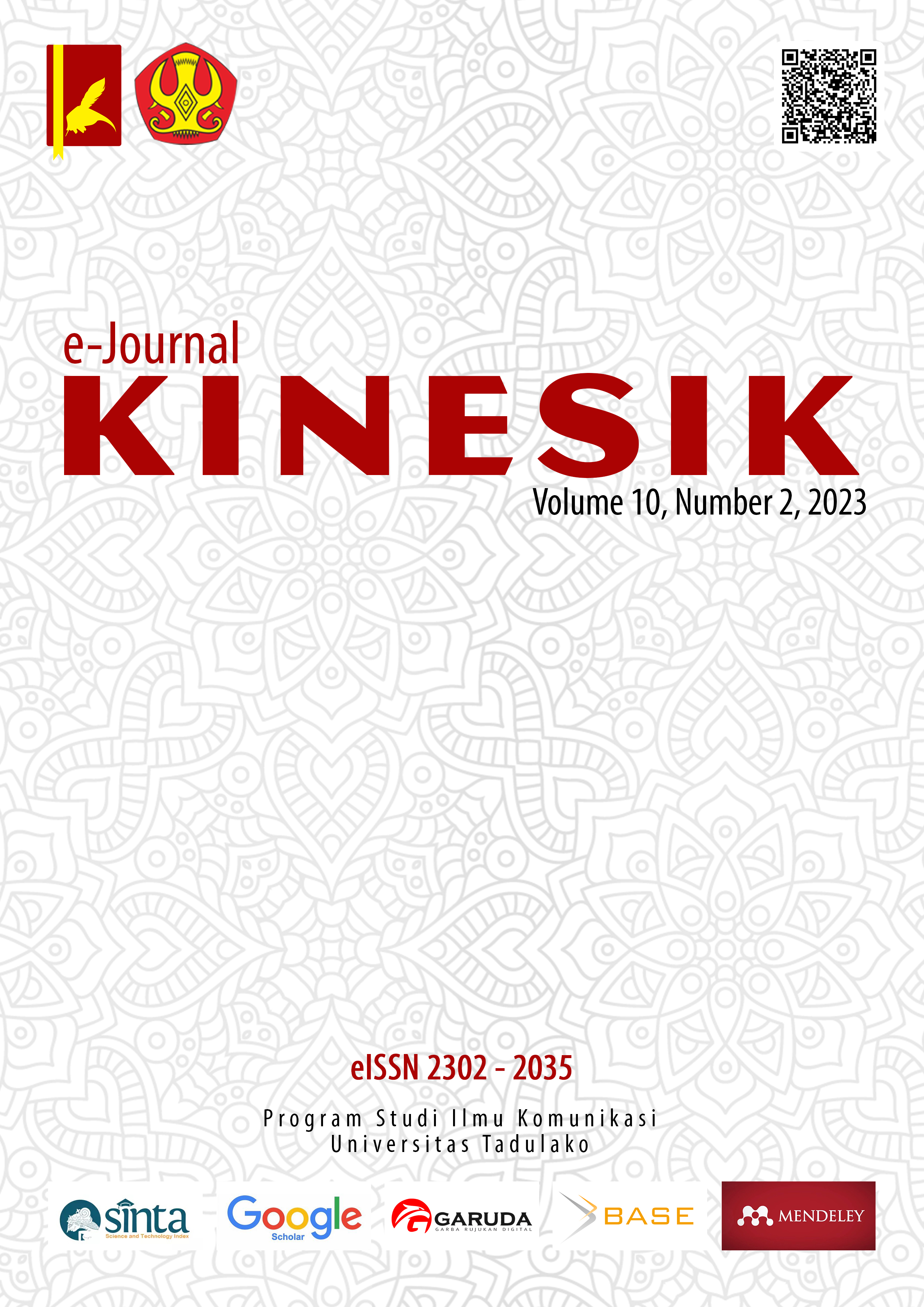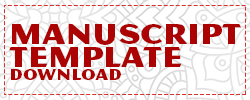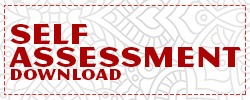COMMUNICATION STRATEGY OF MANAGEMENT KARYSMA FM RADIO IN MAINTAINING CONSISTENCY AND EXISTENCE IN THE DIGITAL ERA
DOI:
https://doi.org/10.22487/ejk.v10i2.873Keywords:
Communication Strategy, Management, Digital Era Radio, Consistency, ExistenceAbstract
The purpose of this research is to find out and analyze the management strategies of Karysma FM Radio in an effort to maintain consistency and existence in the digital era. This research found that the communication strategy is carried out by using the Regional Language Accents (Javanese Language Accents) during broadcasts to attract the attention of listeners and also through the POAC management (Planning, Organizing, Actuating, Controlling). Planning with determining listener segmentation and then preparing broadcast programs. Organizing by forming divisions and placing competent human resources in their fields. Actuating by giving appreciation rewards and also creating a work environment with a family atmosphere that has a big influence on employee loyalty. Controlling to supervise broadcast programs internally and externally by KPI (Indonesian Broadcasting Commission). Another effort by Karysma FM Radio is to adopt technology such as Streaming Applications and using Social Media as part of adaptation in the digital era.







